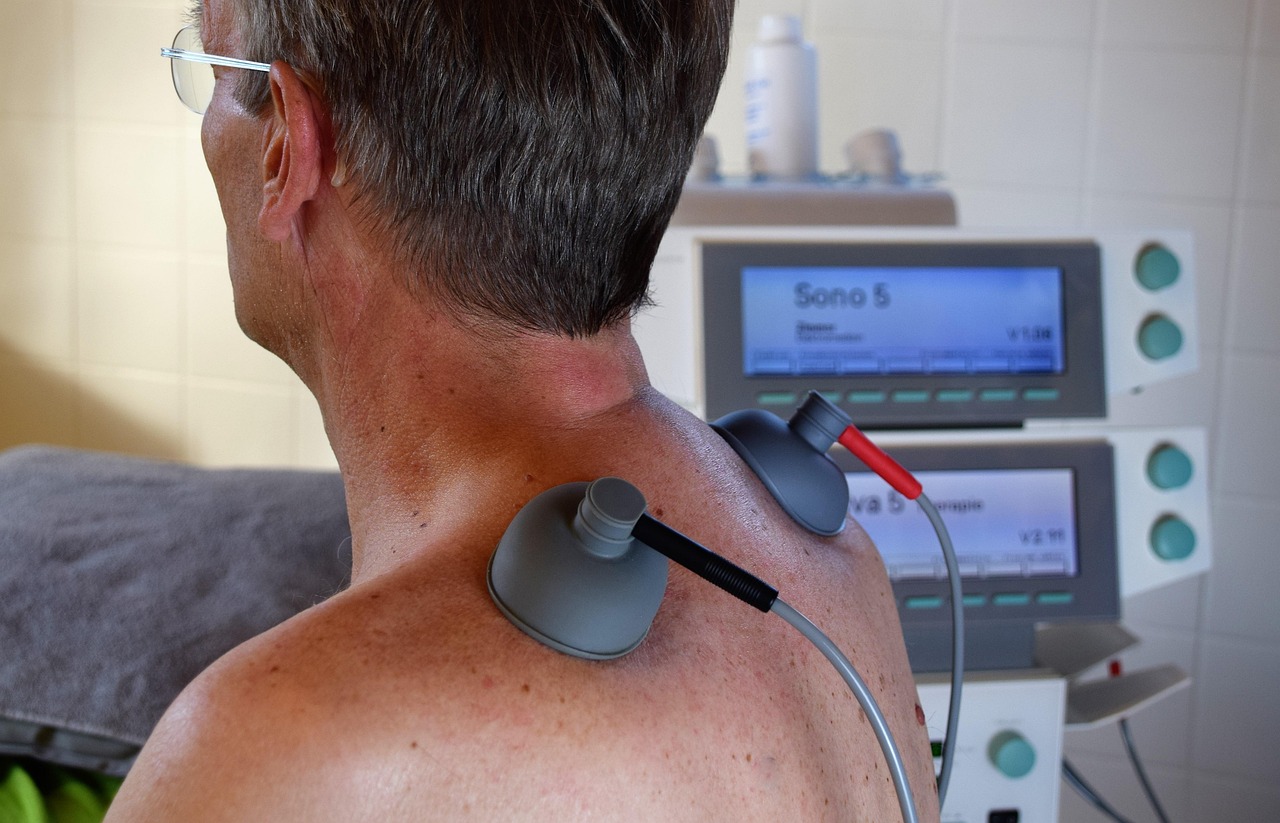Imagine this: You’ve had a long day, your back is in agony, and you’re convinced it’s that old injury from years ago acting up. But what if I told you that your pain might be a bit of a trickster, playing hide and seek in all the wrong places? That’s right, your body’s pain map—the way it signals pain to your brain—could be all wrong. But fear not! We’re about to embark on a journey to understand why this happens and how to fix it. Buckle up; it’s going to be a fun ride.
First things first, let’s talk about why our body’s pain signals can get all mixed up. Your body is like a complex network of highways, and pain signals are like cars zipping around on those roads. Sometimes, a car (pain signal) might take a wrong turn or get stuck in traffic, causing you to feel pain in an area that’s not actually the source of the problem. This phenomenon is known as referred pain, and it’s more common than you might think.
So, why does referred pain happen? It all comes down to your nervous system. Your nerves are responsible for transmitting pain signals to your brain, but sometimes they can get a little confused. Imagine your nerves as a group of friends playing a game of telephone. By the time the message (pain signal) reaches your brain, it might be completely garbled. This can lead to you feeling pain in one area when the problem is actually somewhere else entirely.
Now, let’s dive into some fun facts about referred pain. Did you know that heart attack pain can sometimes be felt in your left arm, jaw, or even your back? That’s because the nerves in your heart share a highway with the nerves in these areas, causing the pain signal to get a bit jumbled up. Similarly, kidney stones can cause pain in your lower back, groin, or even your thighs, thanks to the shared nerve pathways.
But enough about why our body’s pain map can be all wrong. Let’s talk about how to fix it. The first step is to pay close attention to your body and its signals. If you’re experiencing pain, try to identify any patterns or triggers. Does the pain come and go? Is it worse after certain activities? Keeping a pain journal can be incredibly helpful in pinpointing the source of your discomfort.
Another key to fixing your pain map is to focus on overall health and well-being. Regular exercise, a balanced diet, and proper hydration can all contribute to a healthier, more resilient body. Strengthening your core muscles, for example, can help alleviate back pain by providing better support for your spine. And don’t forget about the power of good posture—sitting and standing correctly can make a world of difference in how your body feels.
Lastly, don’t be afraid to seek professional help. A physical therapist, chiropractor, or even a massage therapist can work wonders in helping you realign your body’s pain map. They can provide targeted exercises, stretches, and treatments to address the root cause of your pain, rather than just treating the symptoms.
So, the next time your body’s pain map starts playing tricks on you, remember that you have the power to set things right. By paying attention to your body, focusing on overall health, and seeking professional help when needed, you can navigate the twists and turns of your pain signals and find your way to a happier, healthier you. Now, go out there and conquer the world—pain-free!

